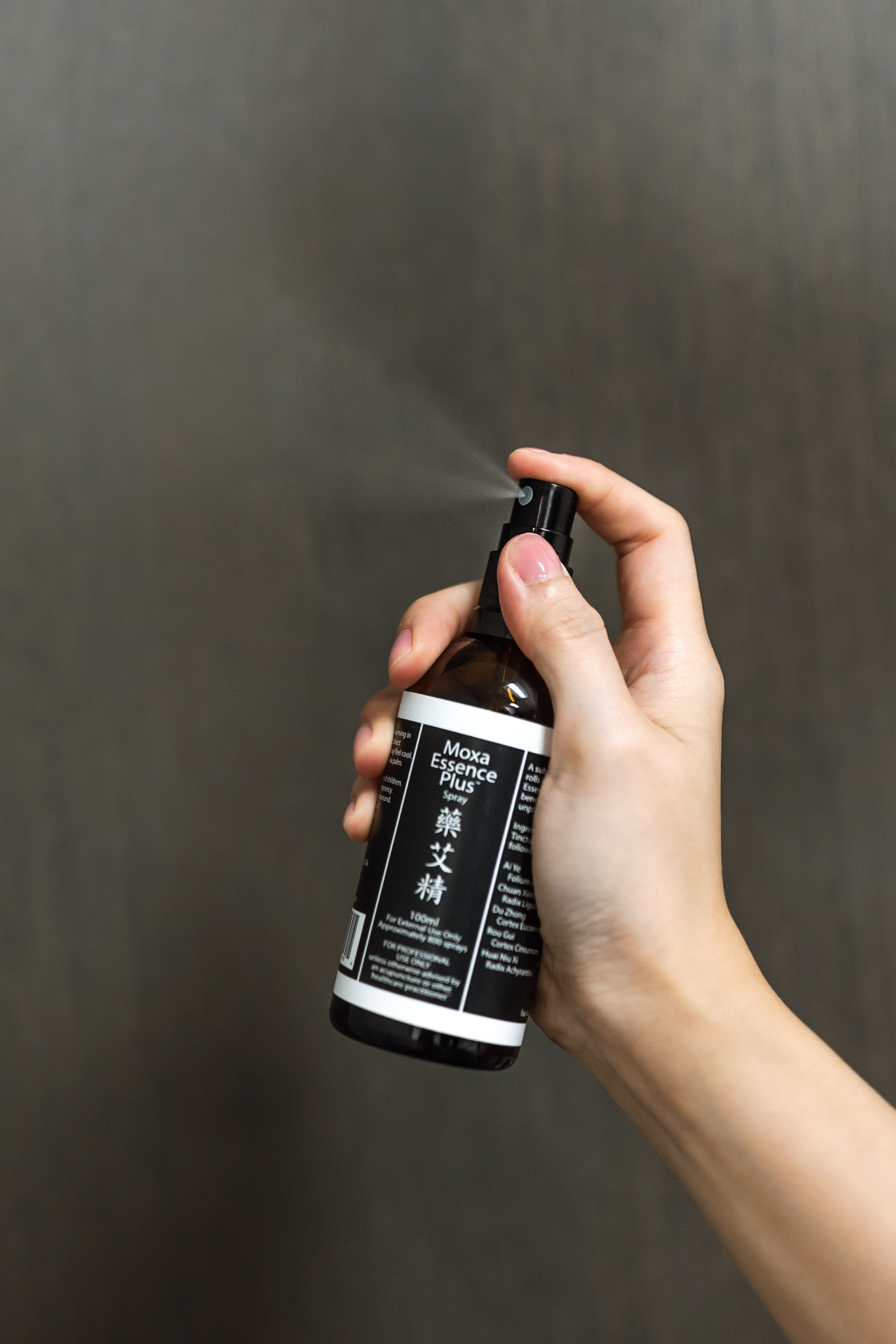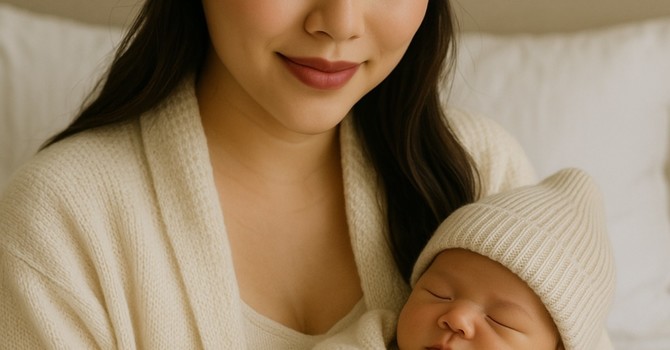
What is Moxa?
Moxa is short for moxibustion, a traditional Chinese medicine technique that involves burning dried mugwort (Artemisia vulgaris) near or on the acupuncture points to promote healing. We use it to bring warmth, improve circulation, and help your body recover when it feels tired, sluggish, or stuck.
Why Do We Use Moxa?
In Chinese medicine, a lot of symptoms such as pain, fatigue, digestive issues, or menstrual cramps are caused by something being blocked or too cold. Cold slows things down. It makes muscles tense, blood flow sluggish, and energy hard to move.
That’s where moxa comes in.
Moxa helps your body to:
-
Warm up areas that feel tight, stuck, or cold
-
Boost your natural energy when you’re feeling drained
-
Get blood and circulation moving again
-
Support digestion and period health
-
Recover from illness or burnout
It’s like giving your body a gentle reminder of what it feels like to flow, rest, and repair.
What Does It Feel Like?
Warm. Cozy. Relaxing.
Most people say moxa feels like a gentle heat radiating deep into their muscles. Others say it helps their stomach feel calmer, their hands and feet feel warmer, or their period cramps go away faster.
If you tend to feel cold a lot or have tight, achy areas that feel better with heat, you’ll probably love moxa.
When Do We Use Moxa?
Moxa is helpful for a wide range of conditions, especially those that get worse in cold, rainy, or windy weather.
Here are a few examples of when I might use it in the clinic:
-
Cold hands and feet (even in summer!)
-
Menstrual cramps or irregular cycles
-
Low energy or burnout
-
Bloating, gas, or sluggish digestion
-
Joint pain or stiffness that feels better with warmth
-
Gently turn a breech baby (yes, this is a thing and it’s backed by research)
-
Recovery from illness, surgery, or childbirth
Moxa Comes in More Than One Form
There are actually many ways to use moxa. It’s not just the smoky stick you might be familiar with. Some forms come as loose herb and are rolled into cones, while others are placed in special boxes to gently warm larger areas. There are also smokeless moxa sticks and pre-made moxa that sits on top of acupuncture needles to direct heat into specific points. Some clinics even use moxa sprays as a more modern, scent-free option.

What Makes Moxa So Special?
What sets moxa apart is that the herb itself is mugwort which has healing properties. It’s not just heat, it’s herbal heat. Mugwort has been shown to stimulate circulation, boost immunity, and even reduce inflammation. So when we say, "the herb is the medicine," we really mean it.
Unlike a heating pad that only warms the surface, moxa penetrates deeper. Patients often describe the sensation as comforting and healing on a different level.
Common Questions About Moxa
-
Is it safe? Yes. Moxa is safe when applied by trained practitioners who know how to gauge the right distance, temperature, and duration.
-
Does it smell? Traditional moxa has a distinct herbal, smoky smell. Some people find it relaxing, others prefer smokeless versions.
-
Is it used with or without acupuncture? Both! Sometimes we use moxa alone, especially for home therapy or sensitive patients. Other times it complements acupuncture beautifully.
Conclusion
In parts of Asia, moxa is incredibly common. Some people use it every single day as part of their wellness routine. It’s like using a heating pad but rooted in centuries of traditional knowledge. While it’s still relatively new or unfamiliar to many people here in the West, it’s a trusted and time-tested practice in other parts of the world.
If you’re someone who’s always cold, tired, or feeling “off” in a way you can’t explain, moxa might be worth exploring.
It’s a simple herb, but in the right hands, it can do powerful things.
- Stay grounded. Stay warm. Stay Healthqi.



